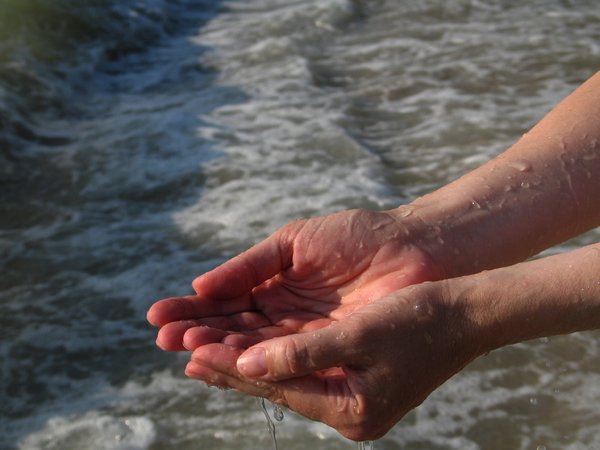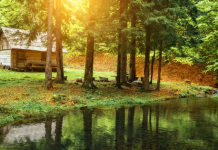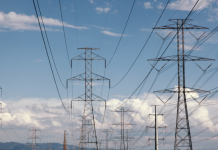When things go wrong, the first item your average Joe citizen is going to stock up on is water.
It’s convenient for Joe American to buy a five-gallon jug of water and expect the proverbial storm will pass within a day or two.
Yet we know all too well the very real danger of complacency and, more, we know how possible it is for the water source to become polluted. Whether by act of God, international bodies, domestic terror or otherwise, the water supply is a simple goal.
Worse still, there are those poor individuals who buy into the insidious rumors floating around about what it means to purify your own water.
If there’s one thing worse than complacency, it’s the dissemination of dangerous disinformation.
Here are eight of those dangerous urban survival myths that you would be wise to unlearn.
Myth 1: Boiled Water Is Boiled Water
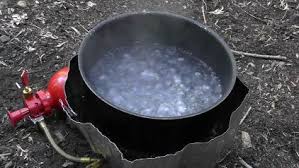

One of the first things that everyone knows to do when he wants water is to boil it. After all, he reasons, boiling water will totally kill most, if not all, harmful germs and microbes lurking just below the crystal-clear surface.
Not only is this categorically incorrect, it could cost you and your loved ones more.
Although it’s true that boiling water is an easy and efficient way to cleanse your water, it’s important to understand that the hotter the water gets, the cleaner it will be. It’s all too convenient to get the pot steaming and conclude that the water is ready to drink.
The most important thing to consider when boiling water is that it is less about the length of boiling and more about temperature.
Water completely boils at 212 degrees Fahrenheit, which is hot enough to immediately cleanse the water of just about any common microorganisms. If getting your water to a full boil is out of the question for some reason, and you have a thermometer handy, you can alternatively heat it to 160 degrees for 30 minutes or 185 for three minutes.
Related: The Easiest And Cheapest Way To Filter Water With Shungite
Myth 2: All Boiled Water Is Not Always Created Equal
Another dangerous misconception of water purification is that boiling is a cure all. Something you need to consider is how filthy the water really is. Although boiling will effectively cleanse standing water or rain water, it won’t do you any good to boil chemically polluted water.
Simply put, you aren’t going to boil the pesky depleted uranium residue out of your water.
The same principle applies to polluted water.
If the water you are attempting to purify is clearly dirty or murky, you should filter the water before attempting to cleanse it. It’s all the easier if you are in a situation where there are commercial filters available but, if not, you have choices.
One quick way to keep the muck out of your water is to filter it through a clean shirt or a towel. If a filter isn’t available, you can additionally just let the water sit until the sediment sinks to the bottom of the container and pour the clean water off of the top.
Myth 3: Eating Clean, White Snow Is Always Safe
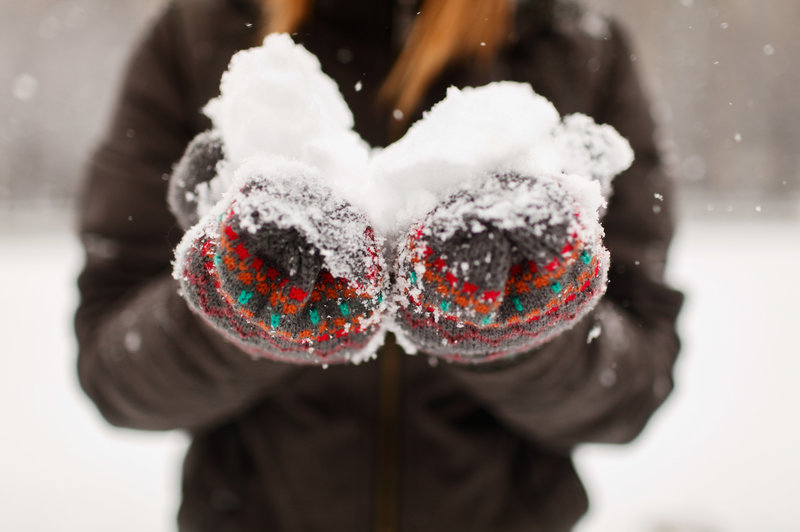

So, presume the world went to hell when you were up in the mountains surrounded by pristine, fresh snow. There’s a common myth that fresh snow is ready for you to eat.
As an educated survivor, you know that nothing is that convenient.
Although it’s true that snow makes for a great source of hydration in those desperate, icy scenarios, it’s as necessary as ever to boil your water.
Although it’s still a good idea to purify the water you drink, snow poses a particular set of problems for the intrepid survivor other than basic contamination.
Unsurprisingly, consuming snow can potentially contribute to more dehydration and, considering the climate you’ve likely found yourself in, hypothermia.
Even though the snow itself may not actually be dirty, the energy your body spends melting the snow while simultaneously coping with your plummeting internal temperature is simply not worth the risk.
Your best bet is to catch the snow and melt it down as it will warm the water as well as kill any germs it might have picked up off the ground.
Related: What the Pioneers Stockpiled To Survive Winter
Myth 4: You Need To Drink 8 Glasses Of Water Daily
A classic piece of mom-advice is that we all need to drink 8 glasses of water every day. Although anyone in a life-or-death, survival situation will certainly be aware of conservations need, it’s important to know that the body will function just fine on less water.
Although it’s massively necessary for your well-being to remain hydrated, don’t blow your stockpile because you grew up thinking you needed 8 glasses every day. Cutting down on salt, soda, candy and many other perishable products while upping your consumption of fruits and vegetables is a perfect way of keeping yourself hydrated.
The other side of this myth is that it means drinking 8 glasses is solely about consumption. On the contrary, one of the most critical aspects of hydration is output.
Hydration is as much about flushing toxins out of your bloodstream as it is about satiating your body’s need for liquid. Since the goal is to rid your body of toxins, diet, exercise and vitamins are just as important as gulping down your precious stash of clean water.
Myth 5: Only Standing Water Is Dangerous
Another common misconception is that as long as your water supply isn’t stagnant, it’s healthy to drink. The ill-informed survivor will look at a stream gurgling through the woods and over rocks and conclude that it’s naturally clean.
As for all water use, the name of the game is purification.
As is the case for any water, even moving water has a source and you can’t know what’s stewing around in that source. If you want to risk a run-in with giardia or any number of other water-born sicknesses, you need to make sure your water is clean first.
Related: Disinfect Huge Amounts Of Water With This Common Household Item
Myth 6: Drinking Small Amounts Of Salt Water Is OK
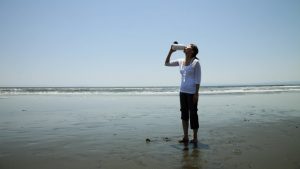

Salt water, also in minute doses can actually speed up the dehydration process.
It’s the concept of reverse osmosis that comes into effect.
The salinity of the water you will drink from the sea is much greater than the actual salinity of the water in your cells. So when you drink the salt laden water, the water in your cells will pass through your cell wall membrane to try to dilute the recently absorbed seawater. This means the cells and body will lose water by drinking a glass of ocean.
However, it can be used to cool you down as long as you don’t swallow any.
Myth 7: All Cacti Are A Source Of Water
Although it’s true that there is water in many forms of Cacti, its usually not as plentiful as most are led to believe. Plus, the water appears to be acidic and bitter, which can contribute to undesirable side effects such as diarrhea and vomiting (both of which intensify the dehydrating processes) (both of which accelerate the dehydrating processes).
Myth 8: You Can Always Count On Urine In A Pinch
Yes and No.
In a really extreme case you can drink urine once, maybe twice but it’s still not a long lasting solution. Urine is waste for a reason, because even if it does have some amount of water in it, if you continue to recycle it more than once then it’s going to get more and more harmful.
You’ll soon know what is happening as the color of your urine starts to get darker and darker as you get more and more dehydrated.
In the end, drinking urine meets the rules of diminishing returns. The more you drink the more your body has to work to absorb the toxins, leaving you even more dehydrated, which then adversely accelerates your already limited survival time.
Potential Life Savers: Your Water Survival Tools
Now that we have discussed some of the most dangerous survival water myths, it’s worth a quick mention of some helpful alternatives.
There are two main survival methods that I carry with me at all times. A compact water filter and a bunch of water purification tablets. While these two tools won’t make seawater drinkable or make urine pure, they can open up a much wider variety of water choices, when options are small.
Although a portable water filter can’t find water for you, it will significantly increase your chances of survival. A compact survival water filter protects you from most dehydration enhancing sicknesses induced by consuming bacteria laden water.
So don’t leave home, travel, backpack, bug out or stay home without one.



